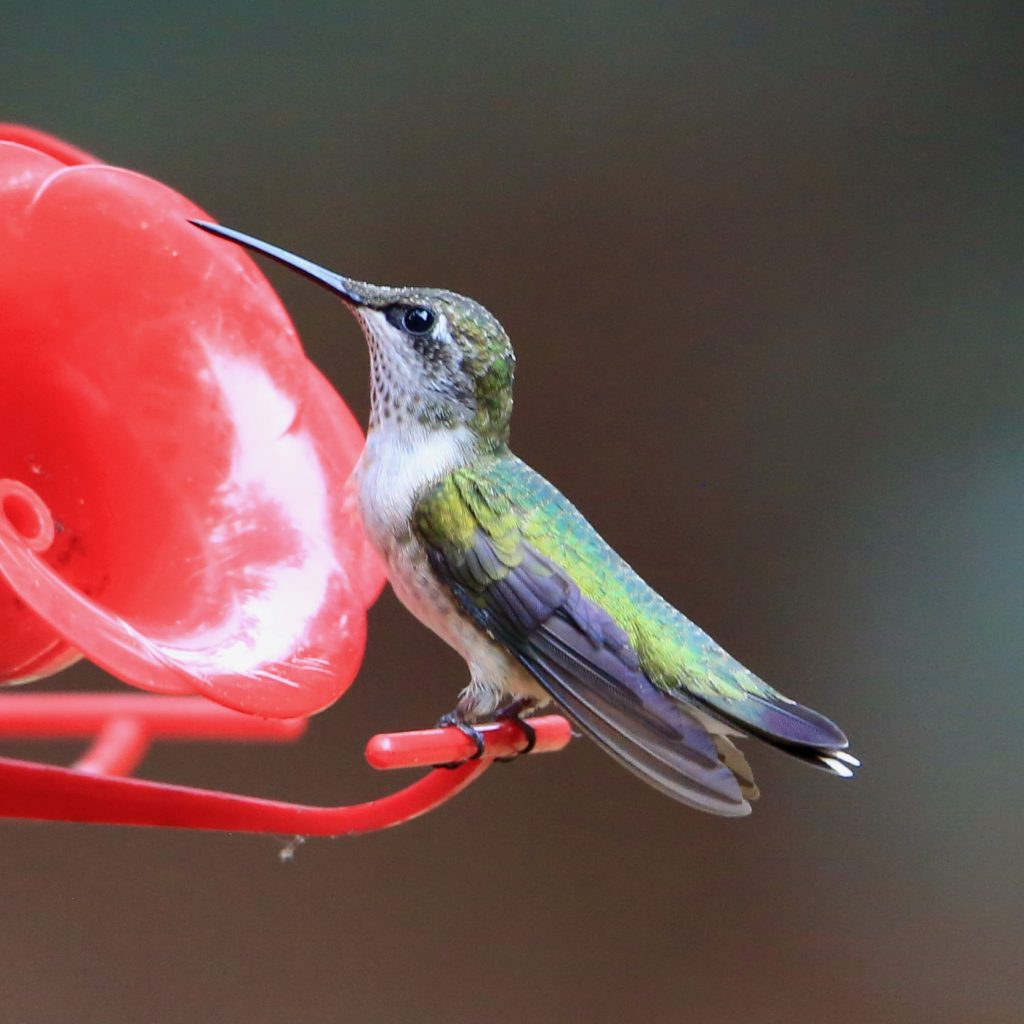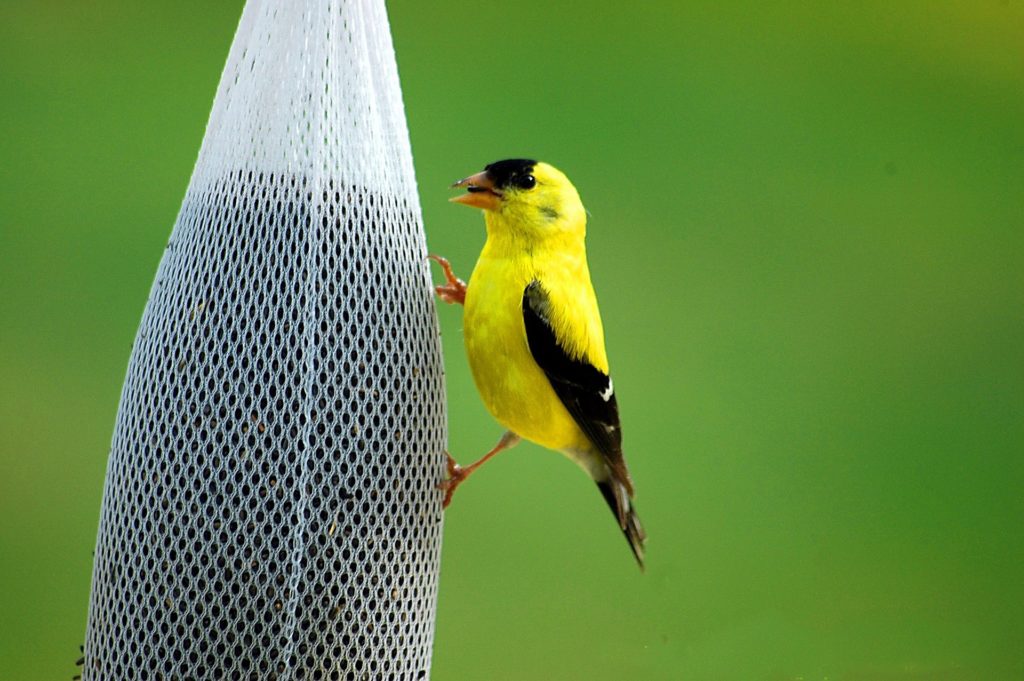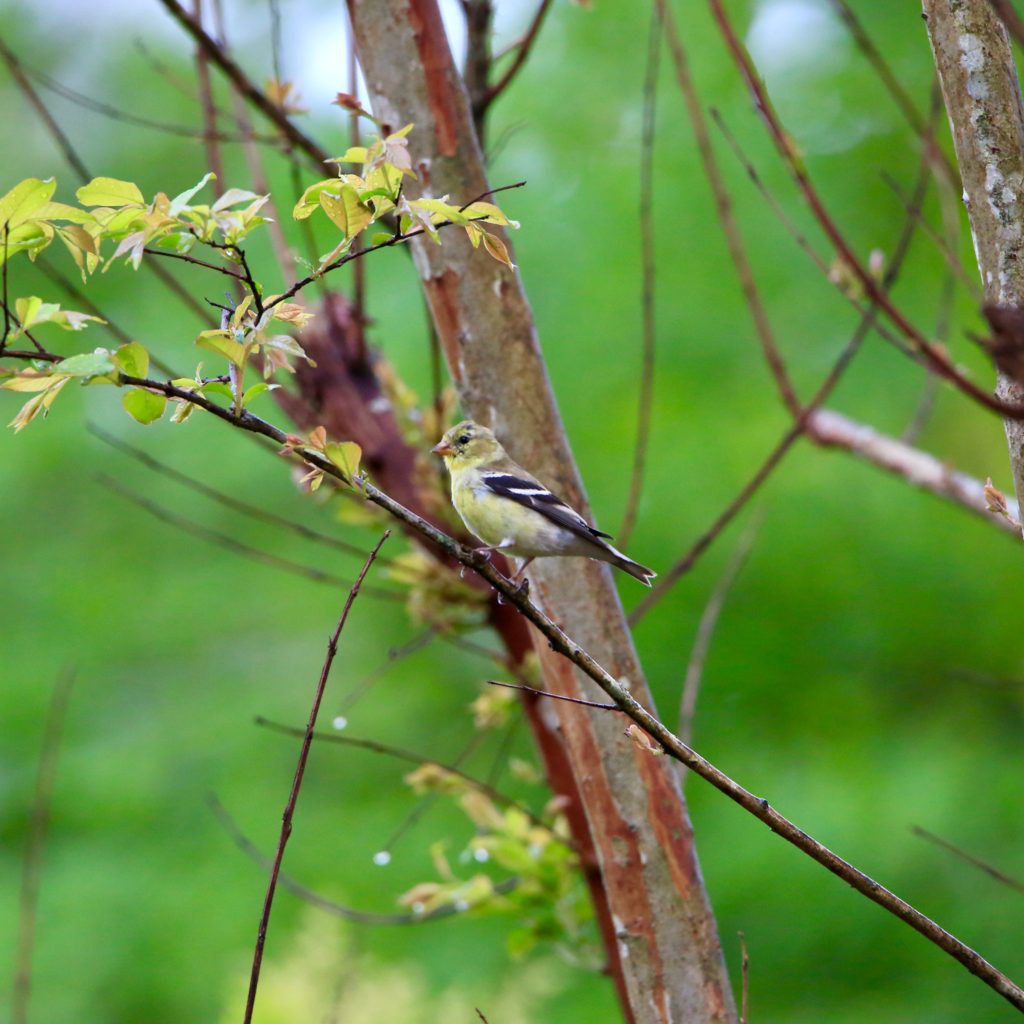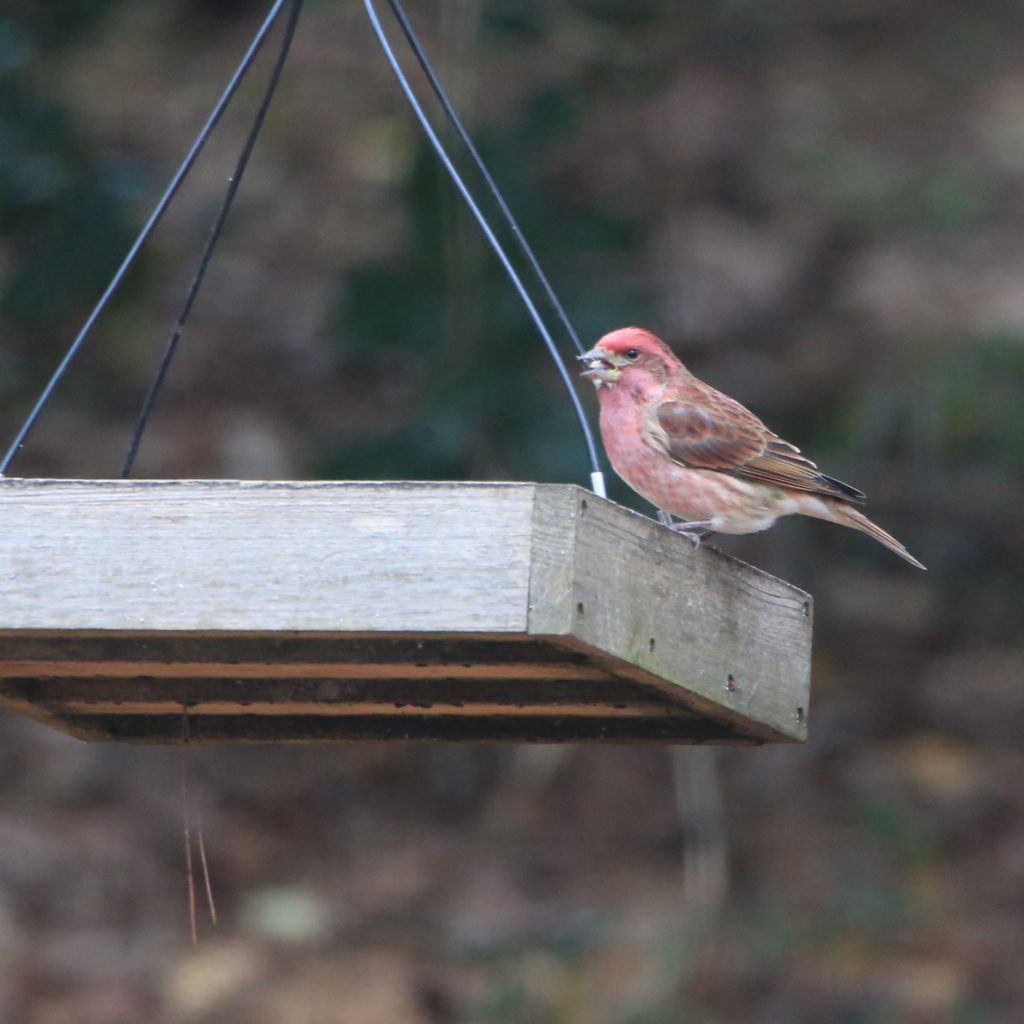
Bird Watching at Gateway Arch National Park
Share
Gateway Arch National Park is in Missouri and is 90.9 acres in area. In St. Louis, the park begins close to where the Lewis and Clark Expedition starts. The national park consists of St. Louis’ icon, a catenary arch made of steel. Some of the oldest buildings in the city are in this area. Birdwatching at the Gateway National Park is an easy, effortless, and almost celebrated activity.
Major Attractions at Gateway Arch National Park
The most exciting part about getting to Gateway Arch National Park is reaching there. There is a tram ride one can take, and you also get to see a fantastic view from a tall monument, one of the highest in America.
For those interested in history, take the chance to explore the museum that focuses on 201 years of history. It starts from how the expansion of the United States occurred in the west and the role St. Louis’ played in it.
You have to do some shopping at the arch store. The souvenirs and gifts there are unique and rare and have lots to do with the history of the place. You can not skip out on a particular film showing in the theatres there either. It is the
Monument to the Dream, a story of how the Gateway Arch was constructed. The film is an award-winning one, so we can assure you there is no chance of being bored.
GET KIDS BIRD WATCHING
Bird Watching at Gateway Arch National Park
The Gateway Arch National Park acts as a migratory gateway for all kinds of bird species. The count goes well over 325. The place is a corridor for birds of north and south America. This is possible because the archway is basically in the middle of North America.
It is estimated that at least half of the bird species in North America, along with 40 percent of waterfowl, end up living their lives within the boundaries of the flyway of Mississippi. Also, 418 species have been spotted in Missouri in general, so this is a pretty startling amount of birds in one area.
Ruby-throated Hummingbirds, who generally spend their winters in Mexico, have recently been using the area as their breeding ground. For birdwatchers, visiting the North Gateway is recommended. Here, we can find migratory birds such as American Goldfinches, Purple Finches, American White Pelicans, and Killdeer who like nesting on the ground.
St. Louis Arts Chamber of Commerce even sponsored a video called the Silent Skies Virtual Mural. This video lets birders learn more about how the birds use the Gateway Arch National Park to migrate. There is another video presentation called Nature and Birds with Origami which you can see to learn origami on birds with your children.
10 Birds to See at Gateway Arch National Park
Ruby-throated Hummingbird
Ruby-throated Hummingbirds are bright green birds with ruby red throats. They live throughout eastern North America. These Hummingbirds are not endangered. They make their homes in gardens and near the edge of the woods. These birds enjoy flowering gardens and woodlands so they can get nectar. They will also eat small insects. Ruby-throated Hummingbirds beat their wings about 53 times a second! They build and camouflage their nests in trees and lay 2 eggs. Almost all the Ruby-throated Hummingbirds migrate south to Mexico and Central America in the fall.
American Goldfinch
American Goldfinches are a bright yellow color with some shiny black and white on their wings. You can find them all over North America. Their population is steady but has seen a small decline recently. They build their homes along roadsides and in open woods. They are the state bird of New Jersey, Iowa, and Washington. American Goldfinches eat a strict vegetarian diet and love sunflower and nyjer seeds. They love to visit backyard feeders if you have these seeds. They make nests out of plant fibers and spider webs. American Goldfinches lay 4 to 6 eggs. They make their nests so well they can hold water. They migrate during mid-fall and early spring.
Purple Finch
Purple Finches are purple-red with light brown wings. They also have a large beak that they use to crack open seeds. Purple Finches live in eastern North America, with some on the Pacific Coast as well. There has been a decrease in Purple Finches in the northeast area, but the population overall is stable. They make their homes in woods or groves and in the suburbs. Purple Finches make a warbling sound, but can often mimic other birds like Barn Swallows or
Brown-headed Cowbirds. They lay 4 to 5 eggs in a cup-shaped nest, usually 20 feet high in a tree. These Finches are migratory birds, migrating in flocks by day.



















































































